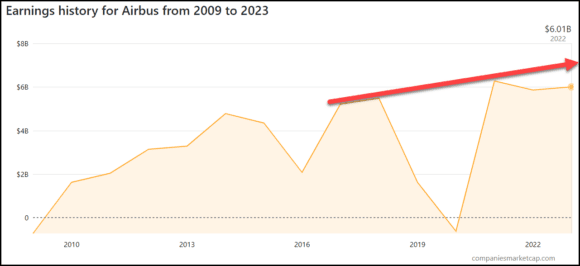It has taken a long time to get here, but things may be moving faster than many realize. Bombardier has, for a long time, spoken of 

2016 has been a far happier time, even if it has been expensive. Air Canada and then Delta selected the CSeries. Meanwhile it appears Bombardier is going to get government support, even though this will attract the attention of competitors who will almost certainly reach for the WTO stick.
In 2015 Bloomberg had a story about a key CSeries target, jetBlue. The story indicates the fragile nature of any discussions, with “no comment” from both sides. Back in 2013, jetBlue had voiced concerns about their E-190 costs. This concern points out a key item – the risk of being a launch customer. Being a launch customer requires a lot of resources, just in case. Its more than parts provisioning – the airline’s crews (flight and maintenance) need to be highly competent and able to quickly correct the glitches that come with every new aircraft. Note how gingerly Lufthansa is rolling out the A320neo. Few, if any, airlines have more or better qualified and trained crews to ensure sustained flight operations.
Now there is more news about jetBlue and Bombardier. Once again, neither firm is saying anything. But where there is smoke… We have heard about jetBlue looking at the CSeries for some time. Given the airline’s “lessons learned” from the E-190, it is unlikely the airline would be a launch customer again . Although the E-190 is a fine aircraft and Embraer has sold well over 1,000 of the various E-Jet models, jetBlue seems jaundiced. We suspect they are now looking seriously at the CS100 to replace the E-190. SWISS is getting ready for the CS100 and will likely wring out every glitch. There shouldn’t be many since both Bombardier and SWISS’ F&R testing generated 100% dispatch reliability. Air Canada decided to replace its E-190s (and A319) with CSeries, which is a decision support for jetBlue. Now that Delta selected the CS100 (and won’t use the E-190), this is further risk reduction for jetBlue.
Selecting the CSeries now means jetBlue is not the launch customer and allow for delivery slots by 2019 or earlier. Besides the CS100 offers disruptive range for its seat capacity. Even with this range, the CS100 is small enough to cover any E-190 market jetBlue flies now. It is also the quietest commercial aircraft, which should make it popular in California where jetBlue is growing its network to offset losing Virgin America to Alaska. In short, for jetBlue, the CS100 looks like the right tool.
The CSeries seems to be gathering momentum. Even long time program critic Richard Aboulafia appears to have had a change of heart. With each positive piece of news one gets the sense that CSeries may now be (at last) on its way to getting the respect it deserves. It is, in technical terms, already a fine aircraft. As will be its real market nemesis, the Embraer E2. Airbus and Boeing appear to be focusing on the 150+ seat market. Which should allow Bombardier and Embraer to move into the 100-150 seat segment.





I’m excited to see the CSeries getting closer to EIS, and I think the new management is keenly aware they need to make the EIS as smooth as possible to calm concerns about the CSeries reliability and Bombardier’s ability to support it. However, be careful of reading too much into the CSeries F&R flight testing. It was a very short testing period with a brand new aircraft, a very low duty cycle, and a dedicated maintenance team. After EIS, the flight rate will be ramped up to around double what it saw during F&R testing, systems on the plane will reach maintenance intervals or start to show whatever premature issues are going to crop up, and presumably by the end of the first year post EIS, there will be a dozen plus planes in service racking up flights at 20-30 times the total rate of the F&R testing, all sharing maintenance staff with a fraction of the time to address issues between flights and divided responsibilities for every plane that comes into their airport. That’s bug-finding on a scale that really is not possible during a limited flight test program.
Yes, the health monitoring system will help Bombardier and Swiss manage manage maintenance predictively, if they are actually prepared to process and react to the data on a continual basis, but the data can’t possibly cover all the required systems on a modern airliner, nor predict every type of failure. Other issues like the PW1100G slow startup times (that should not affect CSeries, but are still an example of EIS risks) don’t affect dispatch reliability, but they can significantly affect airline satisfaction. The 12 million lines of software that held up the initial flight testing so significantly also will be tested to a degree of thoroughness not possible even in a rigorously planned test program.
Put another way, they spent 2400 hours proving the plane is safe, but every certified plane has done roughly that. They spent only 300 hours so far proving it is reliable. The real test is about to begin.